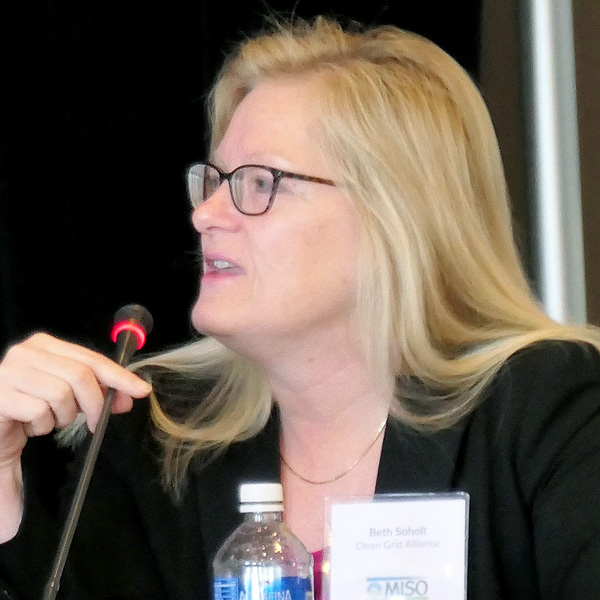FERC last week approved a package of transmission rate incentives for NV Energy’s $2.5 billion Greenlink Nevada project (EL22-73).
The approved package includes the abandoned plant incentive, the regulatory asset incentive and the construction work in progress (CWIP) incentive, all of which are intended to encourage investment in transmission infrastructure.
Greenlink Nevada will consist of two cross-state transmission lines that, together with the existing One Nevada line, will form a transmission triangle around the state. Greenlink West, along the west side of the state, will be a 525-kV line from Las Vegas to Yerington. In Northern Nevada, Greenlink North will connect Ely to Yerington via a 525-kV line.
The expected in-service dates are December 2026 for Greenlink West and December 2028 for Greenlink North.
NV Energy said Greenlink will improve reliability and provide access to renewable energy zones in the state. It will also encourage regional transmission expansion and facilitate Western energy market development, the company said in its petition seeking the incentives, filed in June.
But as NV Energy’s largest-ever transmission investment, “Greenlink Nevada presents significant financial and regulatory risks and challenges,” the petition said.
Under the abandoned plant incentive, NV Energy can apply to recover costs if it abandons the Greenlink project because of factors outside of its control. The Public Utilities Commission of Nevada has approved the project, but it still needs additional approvals at the federal, state and local levels, the company noted.
“NV Energy has demonstrated that Greenlink Nevada faces certain regulatory, environmental and siting risks that are beyond NV Energy’s control and that could lead to the project’s abandonment,” the commission said in granting the incentive. “Approval of the abandoned plant incentive will address those risks.”
The regulatory asset incentive will allow NV Energy to recover costs that it incurs before Greenlink Nevada goes into operation. The commission also granted the utility’s request to include 100% of the CWIP for the Greenlink project in its rate base.
NV Energy said the incentives will help ease strain on the company’s cash flow and potentially reduce project costs. The CWIP incentive will also reduce the “rate shock” that could occur if the entire project cost was added to rates when Greenlink Nevada goes into service, the company said.
Several parties objected to NV Energy’s incentive request. The Nevada Bureau of Consumer Protection said construction of Greenlink was mandated by Senate Bill 448 of the state’s 2021 legislative session, and therefore incentives aren’t needed to encourage NV Energy to build it.
MGM/Caesars said the incentives are duplicative and would increase costs and risks to customers.
But the commission said the package of incentives had been tailored to address NV Energy’s risks and challenges for Greenlink Nevada. And SB 448 doesn’t require NV Energy to build Greenlink — only to submit a plan for its development, the commission said.
Commissioner Mark Christie supported the incentive package but wrote a concurrence reiterating concerns he has expressed previously about the incentives. (See FERC Approves Transmission Incentives for Dayton Power.)
Under the CWIP incentive, consumers serve as a utility’s de facto lender, Christie said, and with the abandoned plant incentive, consumers become the insurer of last resort.
Christie has called for the commission to revisit the incentives offered to transmission developers.

